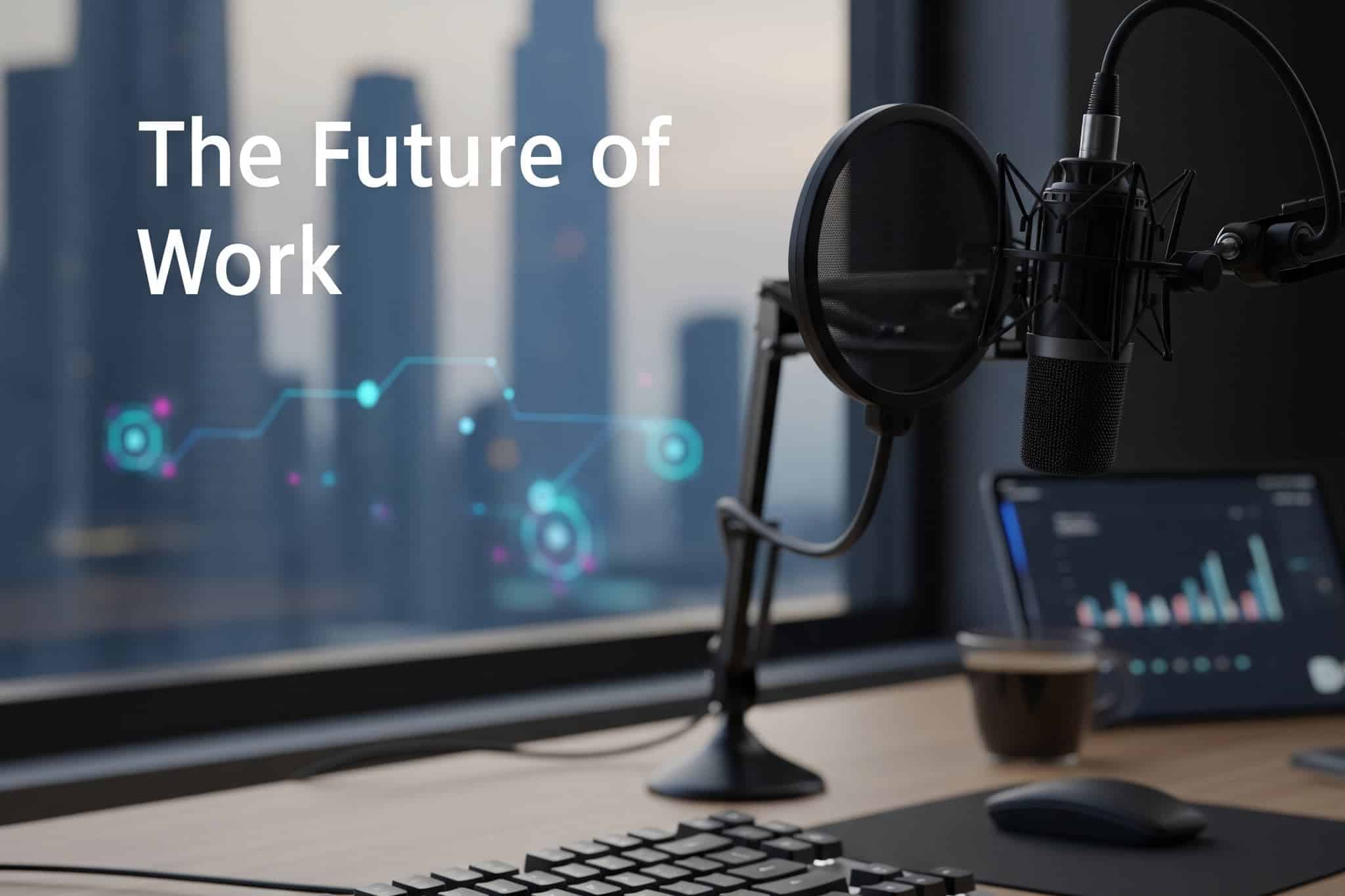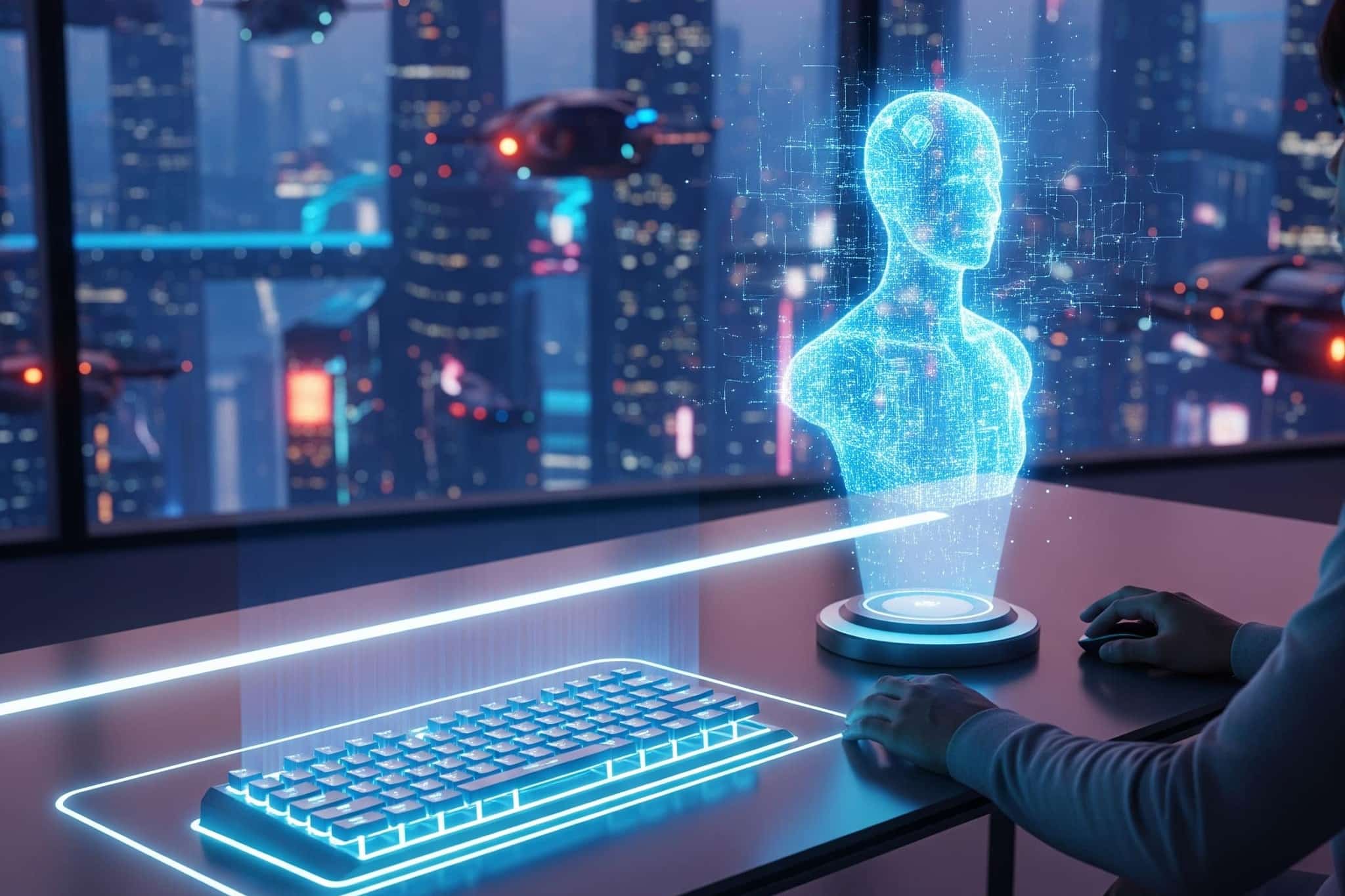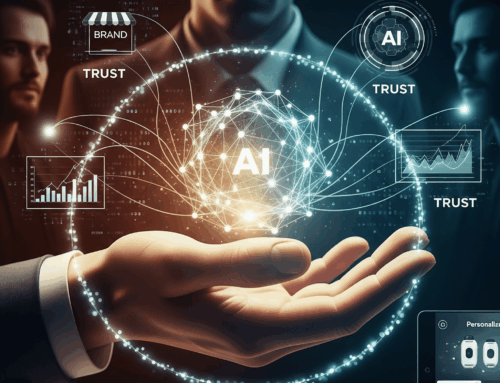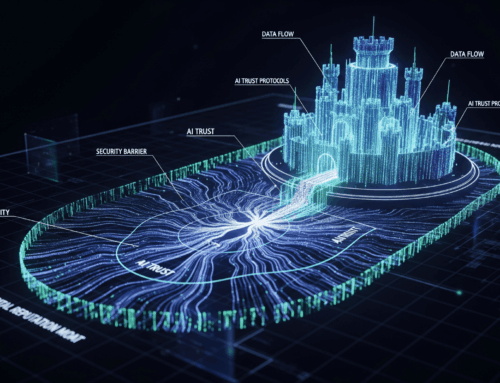On the surface, running a typing competition for a high-performance tech team in 2025 seems almost nostalgic. With AI assistants becoming our colleagues and voice notes replacing texts, are we clinging to the past? Not at all. As a Technical Operations Manager, I’ve discovered that the debate isn’t about choosing between the keyboard and the microphone. It’s about mastering a new kind of “modality fluency” to eliminate the hidden tax of inefficiency and deliver real results. This is the story of what our team learned, and what it means for the future of work.
A few weeks ago, I announced a new, month-long competition for our specialised technical team at WebM. It wasn’t a hackathon or a coding challenge. It was a typing competition.
On the surface, this might seem nostalgic, almost quaint. In a world where I can dictate this entire sentence, where our team members openly converse with AI assistants, and where a quick voice note is replacing the typed-out message, why would a forward-thinking Australian tech operation focus on… keystrokes?
It’s a fair question, and a good one at that. The rise of voice-to-text and generative AI has signalled the beginning of the end for the humble keyboard. The argument is compelling: speaking is natural, and technology is finally catching up. Why type at 80 words per minute when you can speak at 150?
The answer isn’t about one being better than the other. We ran the “Key-Board Warriors Challenge” with the WebM team not because they’re clinging to the past, but because we are obsessed with the future of productivity across our entire operation. As the Technical Operations Manager sitting between the lead-generation experts at YEWS and the technical architects at WebM, my role is to foster a shared culture of peak efficiency. The lessons from this competition apply to everyone, and the debate it sparked is central to the future of modern work.
This exploration isn’t just an internal naval-gaze. My job is to clear the technical roadblocks so our clients’ businesses can thrive. The efficiency we build in our own habits is the same efficiency we deliver—whether it’s a high-performance ad campaign from YEWS or a flawless “Digital Core” from WebM.
The New Office Soundscape: The Expert and The Tool
Walk through the offices of YEWS or WebM, and you’ll notice a change in the ambient soundscape. The once-dominant chorus of mechanical keyboards now shares the floor with the murmur of human-to-AI conversations. Team members, unashamedly, are talking to their computers.
This shift didn’t happen by accident. It’s the direct result of our company-wide AI policy, which is built on a simple but powerful idea: we don’t use AI to replace our experts; we use it to amplify them.
This philosophy stems from a foundation of trust and innovation set by our director, Alexei. He provided the groundwork for a culture where our teams feel empowered to experiment. My role has been to mature this into an environment where every team member understands the difference between an “average user” and an “expert user” of AI. An average user asks AI to do a job for them. An expert knows how to use AI to do their own job better. We are always the experts in the driver’s seat.
This cultural shift extends beyond the office. Think about your own habits. How often do you send an audio message instead of a text? It’s faster, conveys tone, and is convenient when you’re walking the dog or grabbing a flat white. This “voice-first” approach has undeniable benefits, but as we’ve embraced it, we’ve also become acutely aware of its limitations. The AI colleague is a brilliant assistant, but it’s not yet a master craftsman. For that, you need your hands.
The Craftsman’s Edge: Why Precision Still Demands the Keyboard
Imagine a master watchmaker. They use an array of modern tools, but for the most intricate work, they rely on the simple, precise instruments they have mastered. In the world of technology, the keyboard is our pair of tweezers. It’s the tool that allows our amplified experts to apply their knowledge with surgical precision.
Voice is a broadcast medium; typing is a focused instrument. Here’s where it maintains its unassailable advantage:
- The Language of Code and Command: This is non-negotiable for our WebM team. They build and manage complex WordPress, GHL, and Shopify integrations that form our clients’ “Digital Core.” This world of unforgiving syntax demands the precision that only a keyboard can offer.
- The Act of Editing is an Act of Thinking: The real work of writing happens in the edit. AI can provide a great first draft, but our human experts must meticulously review and refine it. This surgical process is orders of magnitude faster and more intuitive with a keyboard and mouse. It’s the fluid dance of deep work.
- Cognitive Flow and Privacy: The rhythm of typing creates a powerful “flow state.” It’s a private conversation between you and the screen—a necessity when dealing with sensitive client strategy in an open-plan office.
- Results, Not Dogma: Our core philosophy is “Results, Not Dogma.” The only path to a high-quality, error-free result—be it a line of code from WebM or a marketing report from YEWS—is often through meticulous, typed refinement. The keyboard is the tool of quality control.
Eliminating the Hidden Tax of Inefficiency
Every moment of friction in a workflow is a hidden tax on productivity.
When you have to repeat a dictated command three times, that’s a tax. When you slowly hunt-and-peck a long email you could have spoken in 30 seconds, that’s another tax. This friction drains mental energy, breaks focus, and ultimately costs time and money.
At both YEWS and WebM, we are obsessed with eliminating these hidden taxes. For a client of WebM, a seamless “Digital Core” removes the friction between their marketing, sales, and e-commerce systems. For a client of YEWS, an optimised ad campaign removes the friction between their budget and their ability to generate leads.
Our focus on “modality fluency”—knowing when to type and when to talk—is just an internal expression of that same core mission. By getting it right for ourselves, we ensure we get it right for our clients.
Beyond ‘Versus’: The Hybrid Future is About Fluency
The future isn’t a zero-sum game. It’s hybrid. The future is about modality fluency.
The most effective professionals will master the art of switching between modes. They will treat their AI, their keyboard, and their microphone as a suite of tools, each with a specific purpose. The workflow of the future looks like this:
- Morning Commute: Dictate a raw idea into your phone. (Voice for speed)
- At Your Desk: Ask your AI colleague to structure that transcript. (AI for structuring)
- Deep Work Block: Use your keyboard to rewrite, add precise data, and craft a compelling narrative. (Keyboard for precision)
- Team Collaboration: Send a quick voice note to a colleague for their initial thoughts. (Voice for informal comms)
In this model, there is no conflict. This is our “Results, Not Dogma” philosophy applied to the very act of work itself. Our investment in our teams’ typing skills is not a hedge against the future; it’s an investment in it. It’s an acknowledgement that as AI handles the broad strokes, the value of human contribution will lie in precision and refinement.
The next time you see someone talking to their computer, don’t assume they’ve forgotten how to type. And the next time you hear the clatter of a keyboard, don’t assume they’re behind the times. Instead, you might just be looking at someone who understands the future of work: choosing the right tool, for the right task, to get the right result.
Prefer to listen or watch? I’ve recorded an audio version of this article and created a video overview.
Perfect for your commute or a visual briefing.










Leave a Reply